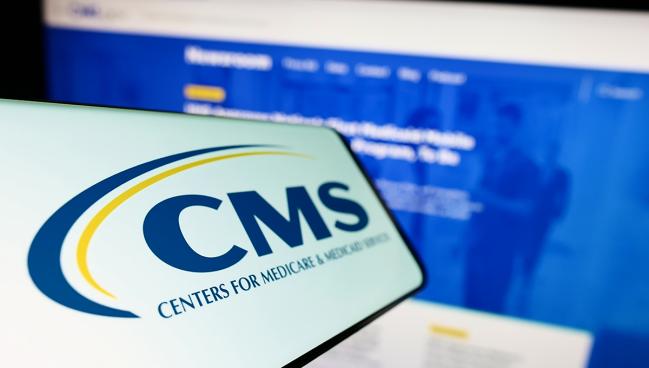CMS Issues Proposed Coverage Decision to Broaden Access for Carotid Stenting
More than a decade of restrictions have meant little access for patients and little incentive to innovate, says Sahil Parikh.

The US Centers for Medicare & Medicaid Services (CMS) has issued a draft of a proposed national coverage determination (NCD) on carotid stenting, signaling that they consider it to be “reasonable and necessary” in Medicare patients with symptomatic carotid artery stenosis ≥ 50% and those with asymptomatic carotid artery stenosis ≥ 70%.
In addition to requiring the use of a US Food and Drug Administration-approved stent with an approved or cleared embolic protection device, CMS also encourages formal shared decision-making prior to offering carotid stenting in clinical practice, as well as independent neurological assessment before and after the procedure.
Despite strong evidence of equipoise between carotid artery stenting (CAS) and carotid endarterectomy (CEA), this is the first time in over a decade that CMS has undertaken additional consideration of coverage for carotid stenting outside of clinical trials and registries, noted Sahil Parikh, MD (NewYork-Presbyterian/Columbia University Irving Medical Center, New York, NY). It did so in response to a formal request from the Multispecialty Carotid Alliance (MSCA), which includes physicians specializing in neurology, neuroradiology, neurosurgery, interventional radiology, vascular surgery, vascular medicine, and interventional cardiology.
“The important thing is that for the first time in a long time, CMS has been open to expansion of coverage, which will provide more options for patients,” Parikh told TCTMD. “There's been little access for patients to this procedure and consequently very little incentive to innovate in this space. There are a handful of new devices that just now are coming to the fore, but compared to other spaces where there's an active reimbursement pathway, we have had relatively little innovation in devices for carotid disease.”
Since the last CMS consideration of reimbursement, five major RCTs comparing CAS and CEA have been published (ICSS, CREST, ACT I, SPACE-2, and ACST-2), as have large, prospective registry-based studies, and meta-analyses of pooled trial data.
“We propose that this new evidence, especially now for asymptomatic patients, suffices to demonstrate that CAS and CEA are similarly effective with respect to the composite primary outcomes of recent trials (which have included various combinations of disabling stroke, death, any stroke, and myocardial infarction) in patients with either standard or high surgical risk, and who are symptomatic with carotid artery stenosis ≥ 50% or asymptomatic with stenosis ≥ 70%,” the NCD proposal reads.
The proposed NCD would discontinue the requirement that facilities meet certain standards and have approval from CMS to perform carotid stenting, but the agency suggests that a nationwide registry for all carotid artery procedures should be implemented.
In addition to the main NCD proposal, CMS also is suggesting that private healthcare insurers working as Medicare Administrative Contractors responsible for administering both Medicare Part A and Medicare Part B claims “may make reasonable and necessary determinations” for any other beneficiary seeking coverage for percutaneous transluminal angioplasty of the carotid artery concurrent with stenting.
Over the next 30 days, CMS is seeking further comment on the proposal before issuing its final decision memorandum. Specifically, the agency is seeking to further refine the mechanisms of “truly informed decision-making,” possibly by requiring use of a validated tool.
L.A. McKeown is a Senior Medical Journalist for TCTMD, the Section Editor of CV Team Forum, and Senior Medical…
Read Full BioSources
Centers for Medicare & Medicaid Services. Percutaneous transluminal angioplasty (PTA) of the carotid artery concurrent with stenting. Published on: July 11, 2023. Accessed on: July 12, 2023.





Comments